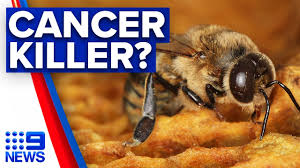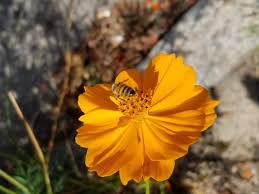Our natural habitat is full of harmful compounds; however, some scientists and researchers give their best in terms of time and effort to convert those toxic substances to something medically useful for the good of humankind.
Australian scientists have done this groundbreaking research where a highly potent and harmful honeybee venom is converted into a healthy cure for breast cancer patients. Sounds pretty amazing and is a relief for those whose loved ones ever went though this ill.
The lead scientist Ciara Duffy who brought out this refreshing news for the world, is from Australia’s Harry Perkin’s Institute for medical research. She has been working on the subject for quite some three years now. Her work circulates an active compound found in honeybee venom and is called Melittin. In her studies, she found ways of killing multiple clinical subtypes of breast cancer. She found out that a specific concentration of honeybee venom only kills cancer cells, leaving the healthy ones unharmed. This venomous cure can kill cancer cells in less than sixty minutes, says Duffy.

Duffy, in a statement, said, “We tested honeybee venom on normal breast cells, and cells from the clinical subtypes of breast cancer: hormone receptor-positive, HER2-enriched, and triple-negative breast cancer.”
In another statement, while explaining the venom’s effect, she said, “We found both honeybee venom and melittin significantly, selectively and rapidly reduced the viability of triple-negative breast cancer and HER2-enriched breast cancer cells.”

The scientists found that the venom in its first twenty-minutes of injection blocks the passage for the cancer cells to grow and reproduce any further. Melittin’s potent properties let it suppress the critical chemical activity of some specific receptors, and upon finding this trait, the researchers’ team was encouraged to go further with their studies. It showed promising results in eliminating breast cancer, which results in women’s death in abundance every year.
The team once gathered some key findings that were positively effecting in eliminating the ill, went on to create Mellitin in synthetic form. The newer version of the venomous substance worked similarly as the natural substance does. The research around Melittin has also opened doors for the cure of other forms of cancer if combined with conventional treatments of it, such as chemotherapy and other known cancer-fighting methods.
The research is promising and will give some hope to breast cancer patients; however, it is pretty soon to say that this cure is in effect. The team who found this crucial information on the treatment is still working on finding the methods to effectively deliver the venom to the body of effected ones for maximum positive output.


